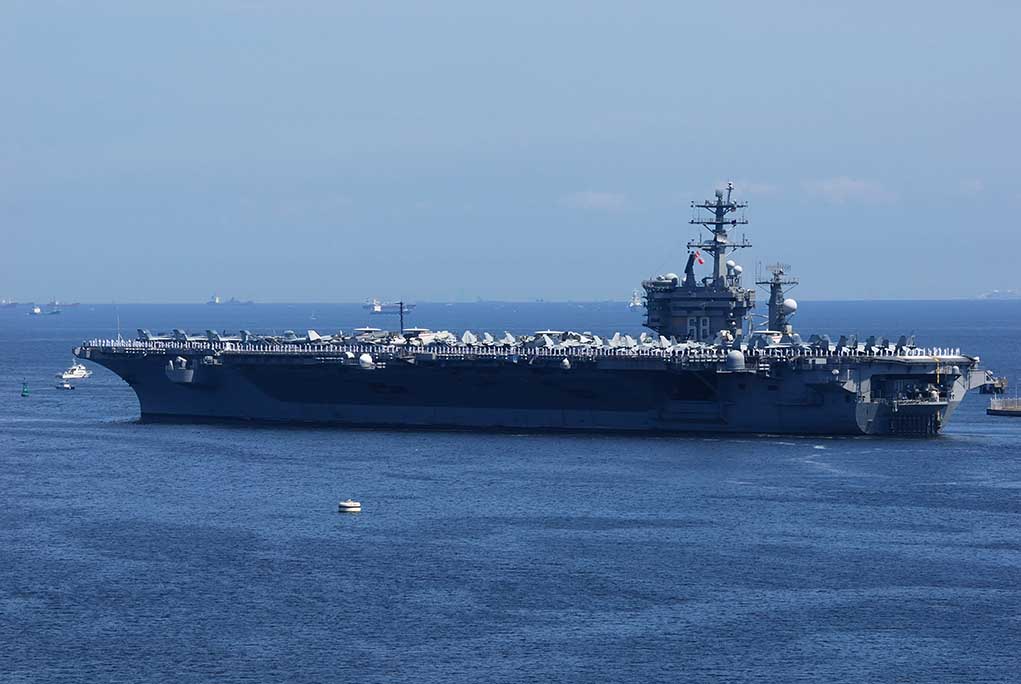
The US military presence is growing in the Middle East with the deployment of a second aircraft carrier as conflicts with the Houthi rebels persist.
Key Takeaways
- The Carl Vinson is joining the Harry S. Truman in the Middle East, enhancing the US’s military presence amid regional tensions.
- The deployment comes amid Houthi threats impacting critical shipping routes in the Red Sea and Gulf of Aden.
- President Donald Trump has vowed continued air strikes on the Houthis unless they cease threats to shipping routes.
- Satellite images reveal increased deployment of B-2 bombers at strategic bases.
- Iran warns of retaliatory strikes if provoked by the US or Israel.
Military Movements and Strategy
The Pentagon’s deployment of the Carl Vinson to join the Harry S. Truman comes as tensions escalate in the Middle East, particularly with Yemen’s Huthi rebels challenging international shipping lanes. The move intends “to continue promoting regional stability, deter aggression, and protect the free flow of commerce in the region,” according to Pentagon spokesman Sean Parnell in a recent statement.
The increased military presence comes as Houthi threats have forced ships to reroute, impacting global commerce. “To complement the CENTCOM maritime posture, the secretary also ordered the deployment of additional squadrons and other air assets that will further reinforce our defensive air-support capabilities,” said Parnell.
Threats and Responses
The US strategic response includes President Donald Trump’s promise to maintain air strikes until the Houthi rebels cease hostile activities. Trump recently declared that if the Houthis refuse to back down, the US military efforts have only just begun. “The choice for the Huthis is clear: Stop shooting at US ships, and we will stop shooting at you. Otherwise, the real pain is yet to come,” warned Trump on social media.
In addition to conflicts with the Houthis, the US has also had tense relations with Iran. Trump has been pushing hard for a new nuclear deal with Iran, recently threatening to bomb the nation if an agreement can’t be achieved.
US adding second aircraft carrier in Middle East https://t.co/SqNv8hbscg
— Pinnacle Digest (@pinnacledigest) April 2, 2025
Iran’s Position
Amid these tensions, Iran’s leadership remains defiant. Supreme Leader Ayatollah Ali Khamenei has issued a warning of a “firm retaliatory strike” if Iran is attacked by the US or Israel. Meanwhile, Iranian Foreign Minister Abbas Araghchi has ruled out negotiations with the US as long as “military threats” persist.
Sources
- US adding second aircraft carrier in Middle East
- US attacks kill 4 in Yemen as second aircraft carrier sent to Middle East
- US sends second aircraft carrier to Middle East as Iran tensions rise












